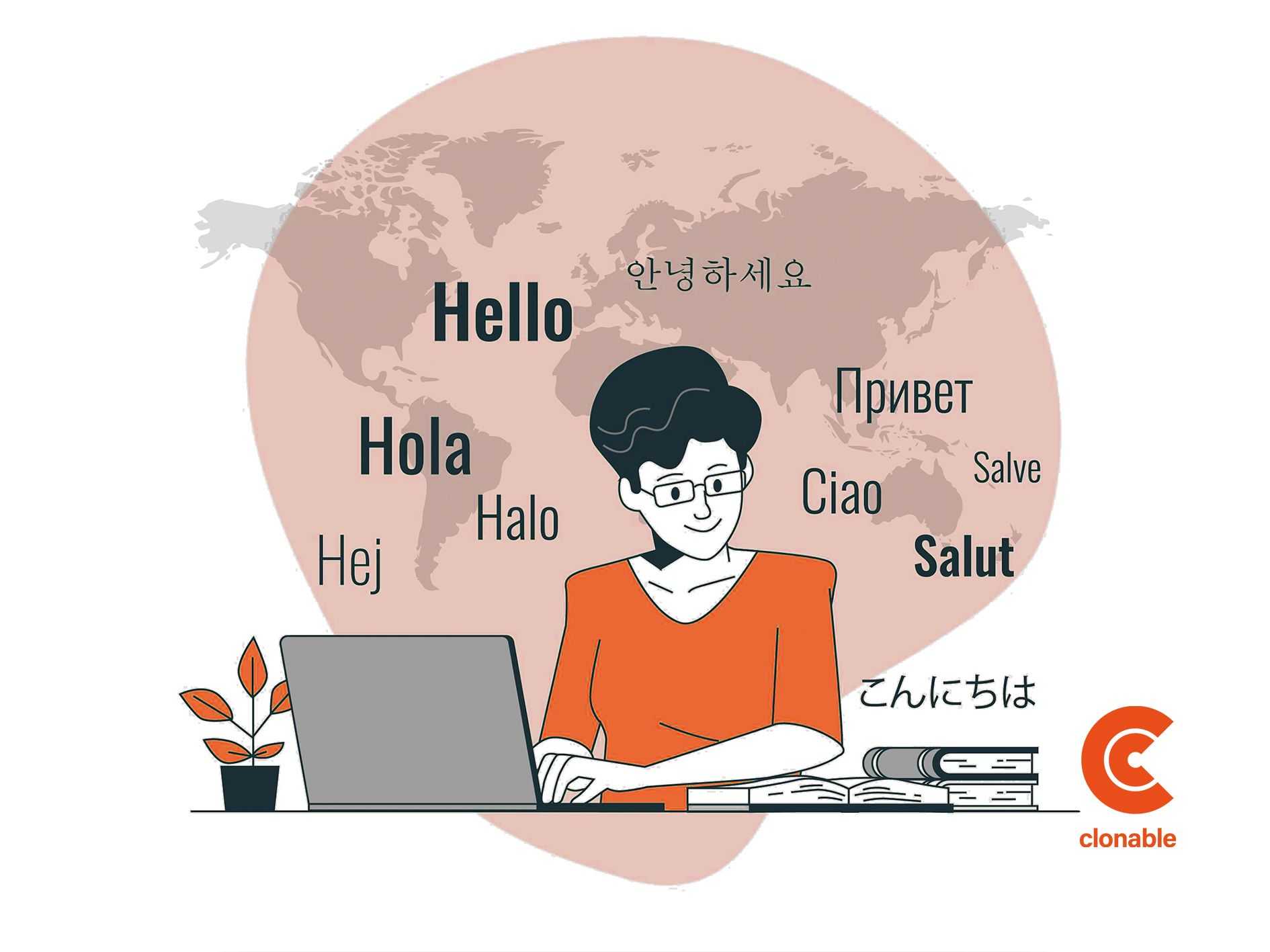Why American companies and organizations should translate their websites into Spanish?
There is a significant number of Spanish-speaking individuals in the United States. According to the U.S. Census Bureau, as of 2019, there are more than 60 million people who speak Spanish as their primary language at home. This makes Spanish the second most widely spoken language in the country, behind only English. So why should U.S. organizations translate their websites into Spanish?
Why Spanish?
Given this large number of Spanish-speaking individuals, it makes sense for organizations in the United States to translate their Web sites into Spanish. By doing so, these organizations can reach a wider audience and potentially attract more customers. In today's globalized and highly competitive marketplace, it is important for businesses to be able to connect with as many potential customers as possible. By offering a Spanish-language version of their website, companies can show that they are inclusive and welcoming to Spanish-speaking individuals.

Customer Experience
In addition to increasing the potential customer base, translating a Web site into Spanish can also improve the customer experience for those who are more comfortable using the Spanish language. For many people, navigating through a Web site in another language can be difficult. By offering a Spanish-language version of the website, organizations can make it easier for Spanish-speaking individuals to access and understand the information they are looking for. This can lead to increased customer satisfaction and loyalty.
Diversity: in operation
Another reason organizations in the United States should translate their websites into Spanish is that it can help improve the overall diversity and inclusiveness of the organization. In today's world, it is important for companies to be aware of and responsive to the needs of a diverse customer base. By offering a Spanish-language version of their website, organizations can show that they are committed to the needs of the entire community, not just those who speak English. This can help create a more inclusive and welcoming environment for all customers.
Conclusion
In short, there are many compelling reasons why organizations in the United States should translate their websites into Spanish. By doing so, they can reach a wider audience, improve the customer experience for Spanish-speaking individuals and demonstrate their commitment to diversity and inclusiveness. As the number of Spanish-speaking individuals in the United States continues to grow, offering a Spanish-language version of the website is an important step that organizations can take to stay competitive and connect with their customers. This may all sound nice and all, but how do you get such a Spanish-language Web site?
A Spanish website, how?
Use a professional translation service: It is important to ensure that the Spanish-language version of the website is accurate and of high quality. Using a professional translation service can ensure that the translation is of high quality and that the meaning of the original content is preserved.
Use translation software or tools: There are a number of software and tools available that can help with the translation process. Clonable is, for example, a Dutch tool that helps people copy, translate and maintain their Web sites. Using such tools can make the translation process more efficient and help ensure consistency on the Web site.
Consider local variations in Spanish: Spanish is spoken in many different countries, and there can be significant variations in vocabulary and grammar between these different regions. It is important to take these variations into account and ensure that the translation is appropriate for the intended audience.
Have the translation reviewed by a native Spanish speaker: Once the translation is complete, it is a good idea to have it reviewed by a native Spanish speaker. This can help identify any errors or inconsistencies and ensure that the final version of the website is of the highest quality.
Provide clear instructions for users: It is important to make it easy for users to switch between the English and Spanish versions of the Web site. Clear instructions and user-friendly design can help users easily access the content they are looking for in their preferred language.





